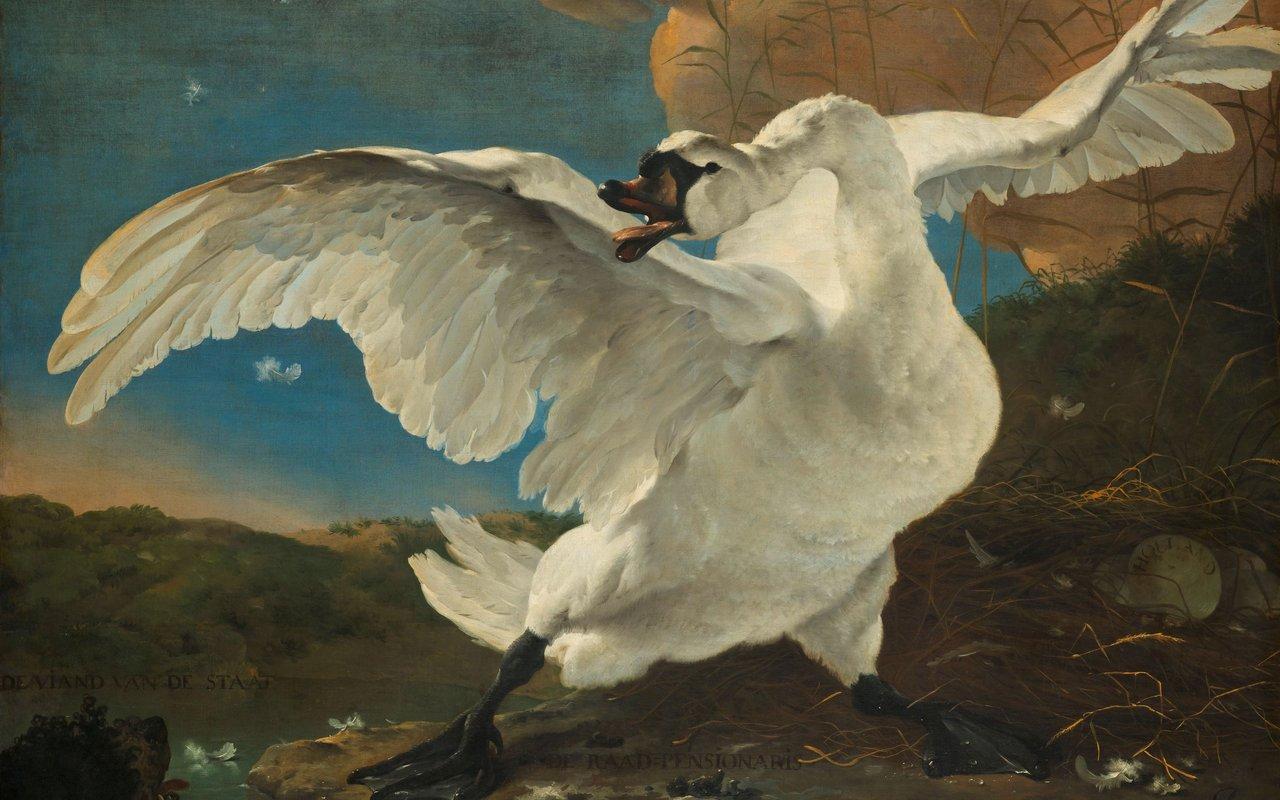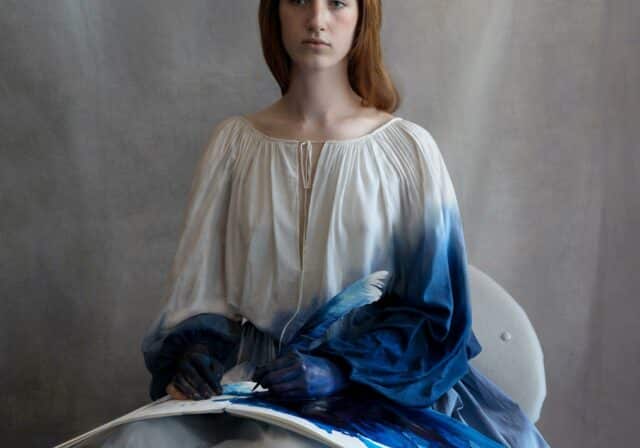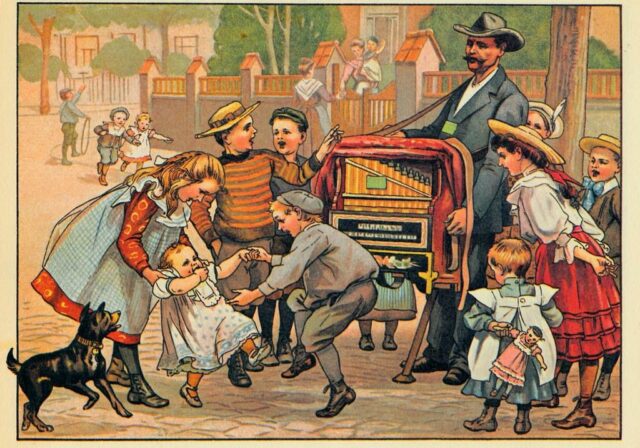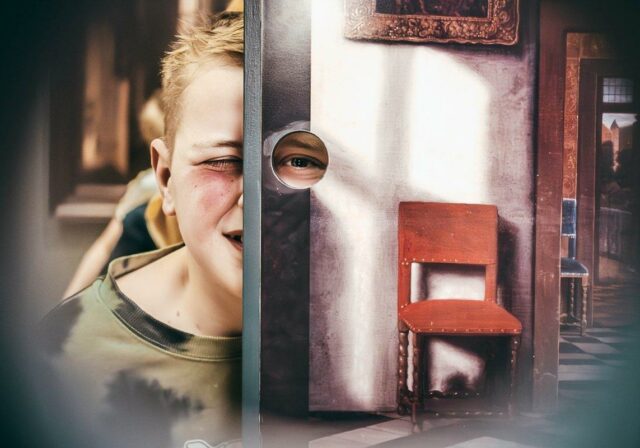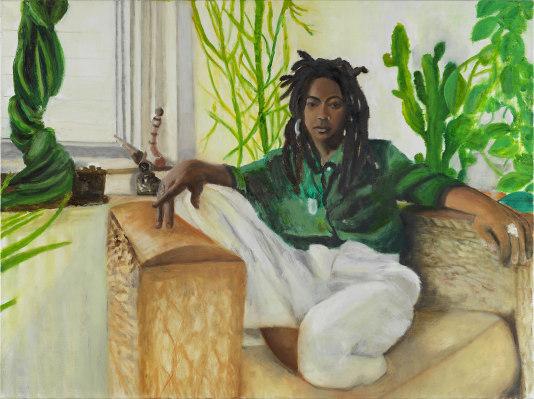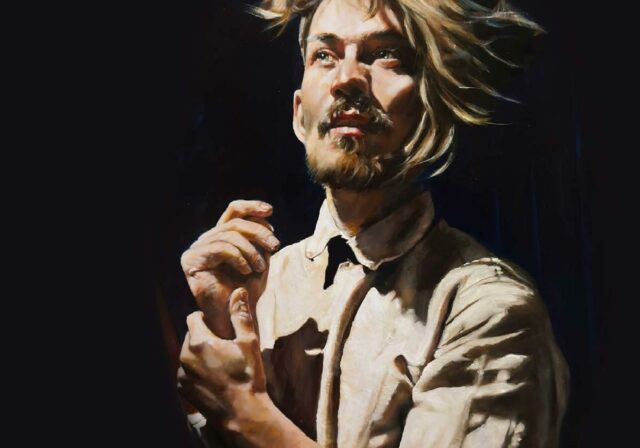In the 400th year of his birth, the Dordrecht Museum is reflecting on the life of Johan de Witt, one of the most important and famous politicians in Dutch history. In a historical art exhibition featuring works by the most famous artists of the seventeenth century, the museum is asking the question: who was Johan de Witt?
In this exhibition, we immerse ourselves in seventeenth-century painting that sheds new light on the life of Johan de Witt. He is known as an advisory pensionary who made decisions for the Dutch Republic that still resonate today. In art, we saw De Witt as a swan protecting his nest. Now we also get to know him as a bon vivant, husband, father, brother and son. He learned to dance in the French town of Angers, had to cope with the loss of his wife and children, and survived an assassination attempt before being lynched in The Hague in 1672.
With paintings from renowned European collections and extensive research into the correspondence of Johan de Witt, the Dordrechts Museum tells a story in which art and history are interwoven. This creates a new perspective on extraordinary works of art, the colonial past and the role of women in the Republic.
